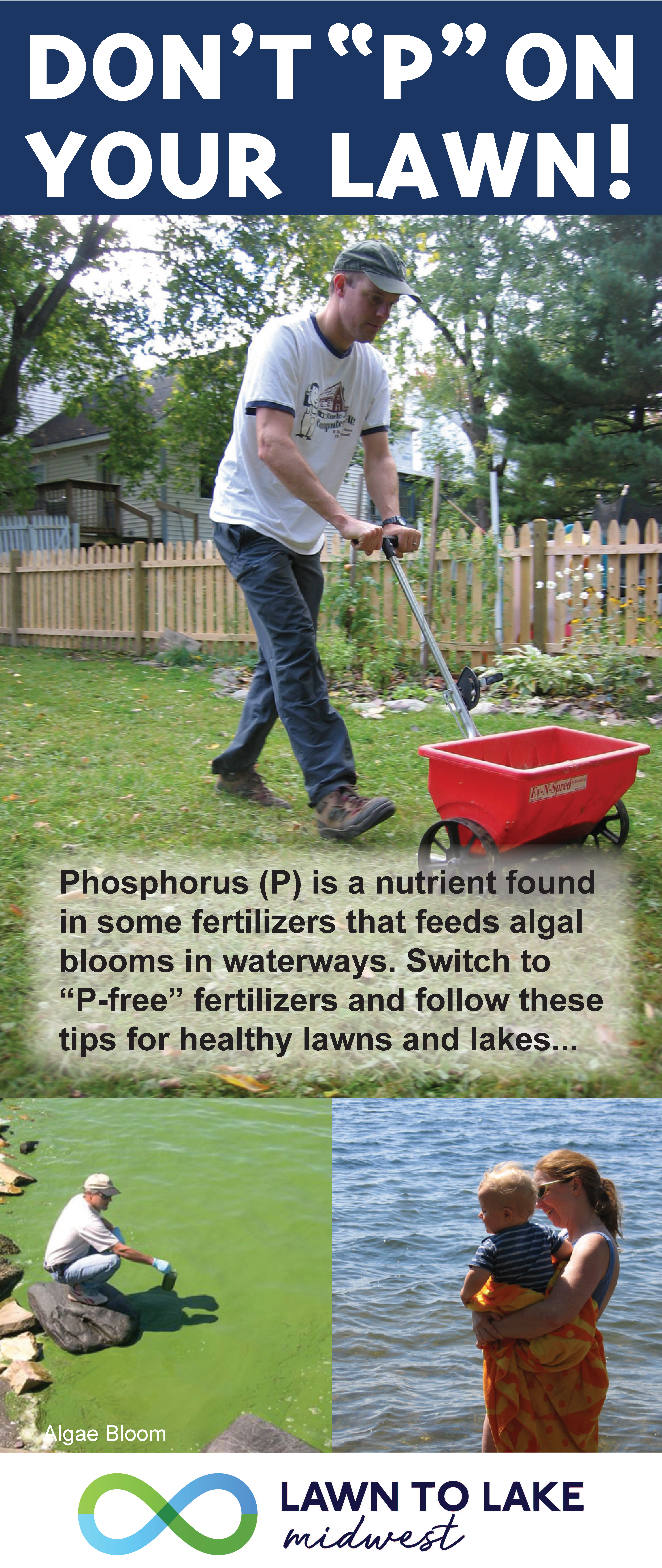
File Size: 2.92 MB
Year: 2021
Lawn to Lake provides information on how to protect water quality through natural lawn care. This rack card explains the benefits of using phosphorus-free (P-free) fertilizer and natural lawn care products.

Lawn to Lake provides information on how to protect water quality through natural lawn care. This rack card explains the benefits of using phosphorus-free (P-free) fertilizer and natural lawn care products.
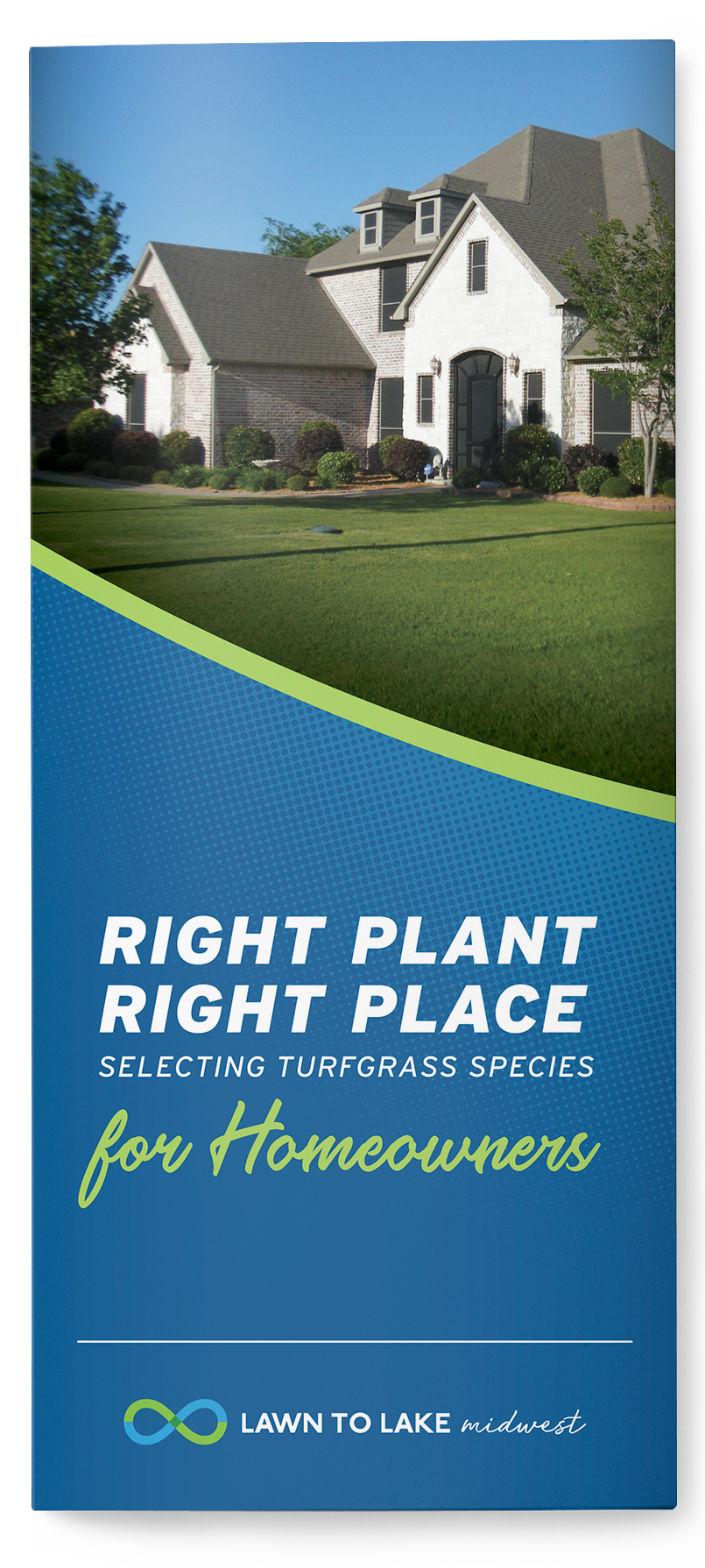
This brochure is a part of a natural lawn care communication campaign developed and refined through a series of grant funded homeowner surveys and focus groups. The goal is to address the issue of lawn care-related pollution in watersheds by targeting outreach efforts directly towards homeowners engaged in lawn care. Choosing the right turfgrass species for the lawn’s growing conditions is an important management practice. This brochure provides a brief introduction to turfgrass growth habits, a checklist for understanding your lawn’s growing conditions and provides a turfgrass selection guide.
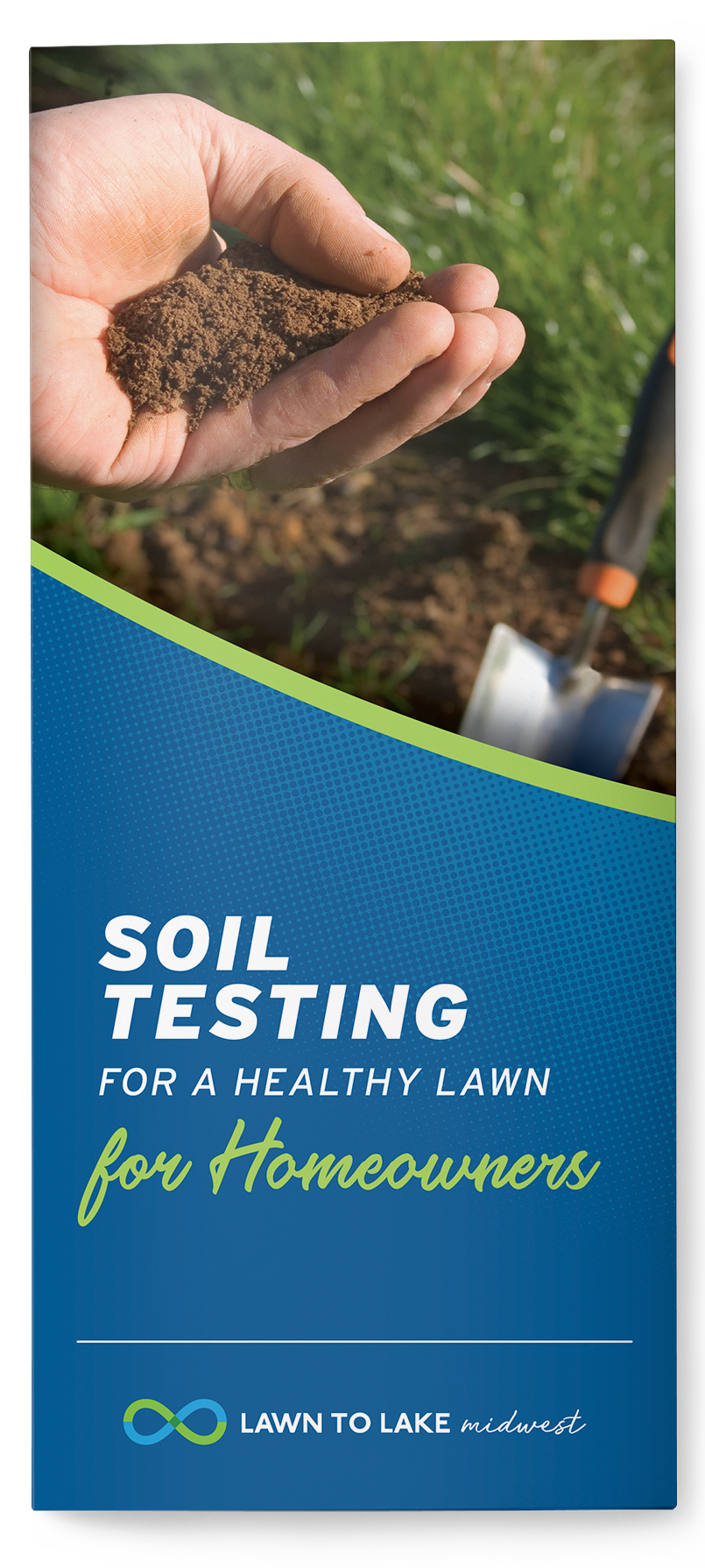
This brochure is a part of a natural lawn care communication campaign developed and refined through a series of grant funded homeowner surveys and focus groups. The goal is to address the issue of lawn care-related pollution in watersheds by targeting outreach efforts directly towards homeowners engaged in lawn care. Survey data revealed that soil testing is a lawn care practice overlooked by homeowners. This brochure aims address the importance of soil testing as it relates to turfgrass health.
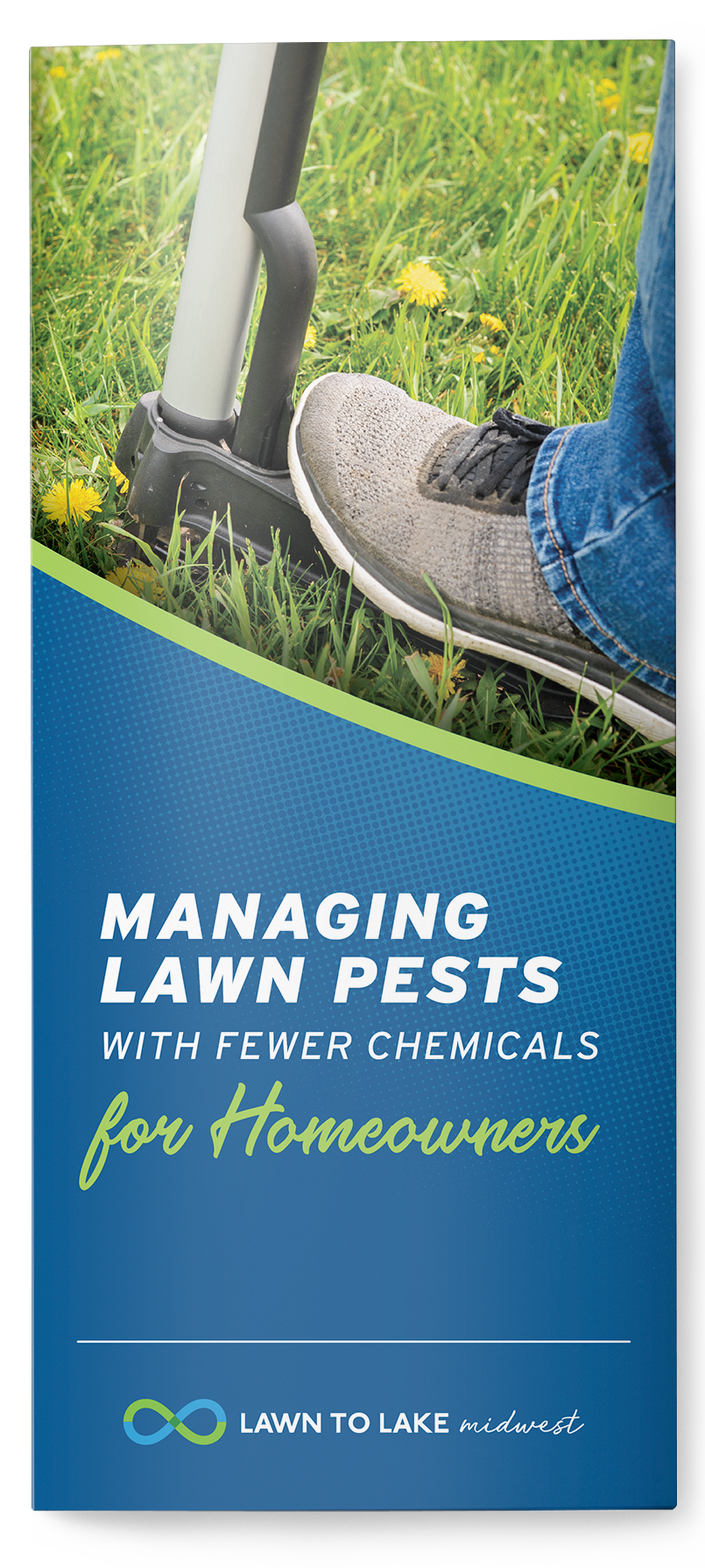
This brochure is a part of a natural lawn care communication campaign developed and refined through a series of grant funded homeowner surveys and focus groups. The goal is to address the issue of lawn care-related pollution in watersheds by targeting outreach efforts directly towards homeowners engaged in lawn care. Managing lawn pests was identified as a main concern for homeowners. Integrated Pest Management (IPM), outlined in this brochure is a tool homeowners can implement to minimize reliance on pesticides, reduce treatment costs, improve lawn health and protect surface and ground water.
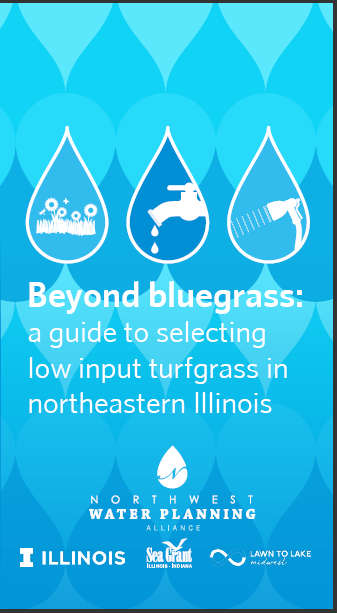
This product is a guide to selecting low-input turfgrass in the northeastern Illinois region.
The original brochure is available from the Chicago Metropolitan Agency for Planning (https://www.cmap.illinois.gov/documents/10180/296668/FY19-0072_BEYOND_BLUEGRASS_BROCHURE.pdf/80239944-7a22-0b71-8e62-2aff006aef41).
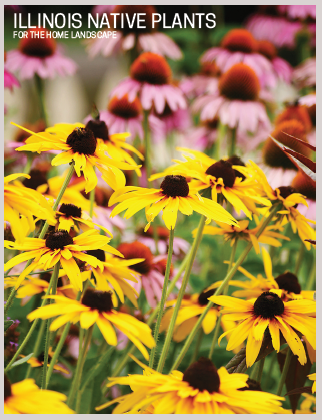
This brochure is a guide to the characteristics and benefits of selected Illinois plants to help home gardeners choose native plants appropriate for site-specific conditions.
A screen reader friendly version is available at: https://iiseagrant.org/wp-content/uploads/2021/01/Accessible-Illinois-Native-Plants-for-the-Home-Landscape-Brochure.pdf.
Plantas Nativas de Illinois en español está aquí.
La publicación para un lector de pantalla está disponible aquí.
Note: Some older Illinois-Indiana Sea Grant publications have not yet been restructured into ADA compliant formats. We are actively working on this. If you are having difficulty accessing a particular item in one of our databases, please contact iisg@purdue.edu with the name of the item and its URL for further assistance.